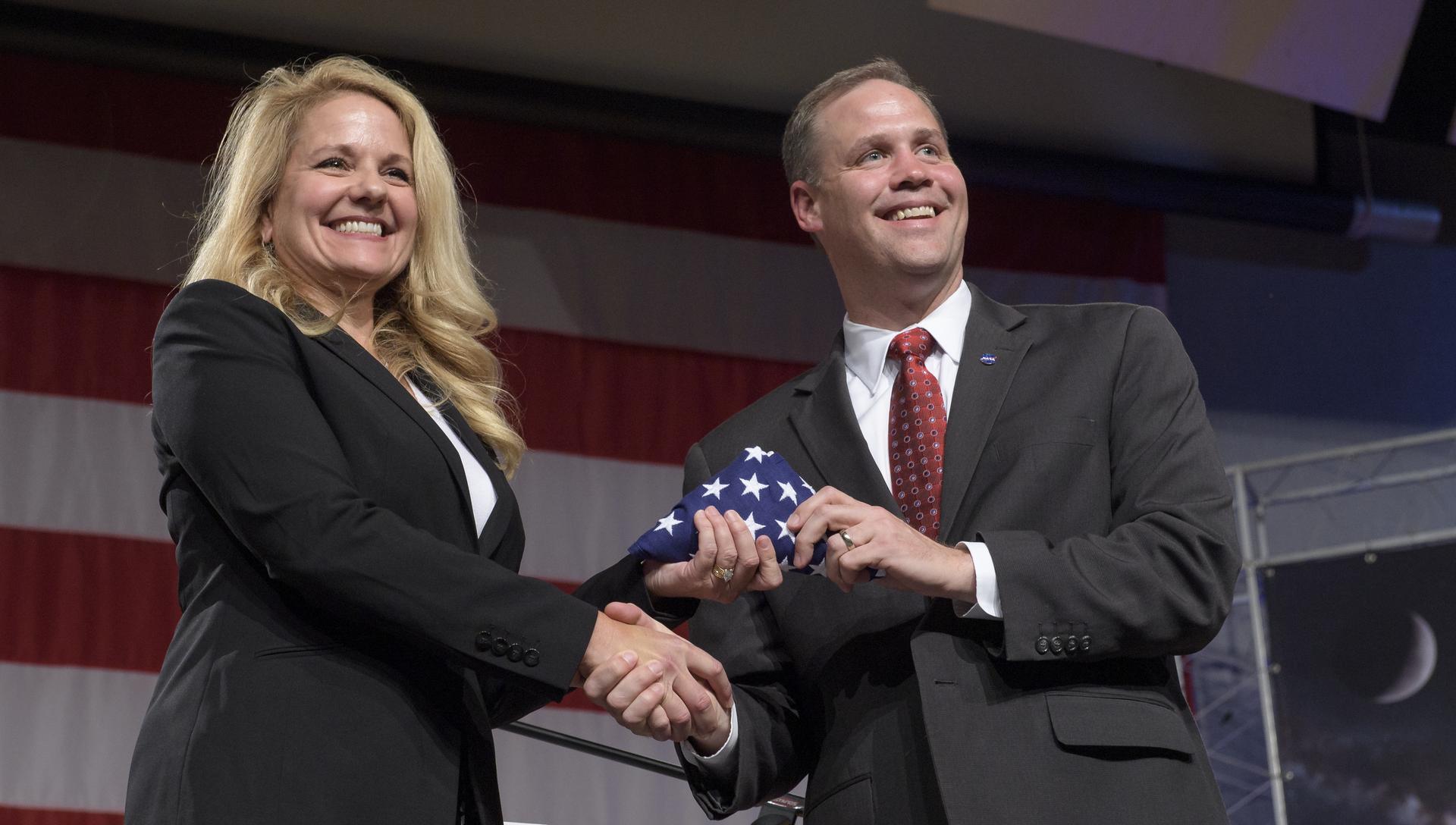On Wednesday morning, NASA Administrator Jim Bridenstine appeared before the US Senate Committee on Commerce, Science, and Transportation to discuss how to ensure US leadership in space. He used the appearance to make what is, for the aerospace community at least, a shocking announcement about the oft-delayed first launch of NASA's Space Launch System (SLS) rocket and its Orion crew capsule.
"SLS is struggling to meet its schedule," he said. "We are now understanding better how difficult this project is, and it’s going to take some additional time. I want to be really clear. I think we as an agency need to stick to our commitment. If we tell you, and others, that we’re going to launch in June of 2020 around the Moon, I think we should launch around the Moon in June of 2020. And I think it can be done. We should consider, as an agency, all options to accomplish that objective."
And with that comment, Bridenstine opened the door to launching the Exploration Mission-1—which will not carry crew but will test Orion in a deep-space environment over three weeks—on commercial rockets.
"Here’s the glory of the United States of America," Bridenstine said. "We have amazing capability that exists right now that we can use off the shelf in order to accomplish this objective."
The mission would work something like this. A heavy-lift rocket would launch Orion and its service module into low-Earth orbit. Another rocket would launch a fully fueled upper stage into orbit, which would then dock with Orion. This upper stage would provide the propulsion needed to push Orion out of low Earth orbit and inject it into lunar orbit.
Rockets not named
Bridenstine did not name the rockets under consideration, but there are presumably two US-made rockets that could accomplish this: United Launch Alliance's Delta IV Heavy booster and SpaceX's Falcon Heavy rocket. Requests to both companies for comment were not immediately returned on Wednesday morning.
The Orion spacecraft does not presently have the capability to dock in low-Earth orbit with an upper stage, and that is something NASA would have to develop. Bridenstine said a study has been initiated to look at this mission profile, and he expects the results in "weeks." The study will assess the feasibility of meeting the June 2020 launch deadline, in-orbit docking, and costs.
In truth, this is a remarkable development. For nearly a decade, NASA has stressed the primacy of the SLS rocket in its exploration plans. It was the "backbone" that would carry humans back into deep space.
Bridenstine was careful to reiterate on Wednesday that NASA remains committed to the SLS rocket for its long-term exploration plans. But the reality is that if NASA can perform its first Exploration Mission on private rockets, future missions with crew could also be sent to the Moon in a similar manner on commercial rockets. Private rockets also could launch elements of the agency's Lunar Gateway and landers, the agency recently acknowledged.
This plan will almost certainly receive significant pushback in Congress, which has long supported the SLS rocket with large budgets in excess of $2 billion a year. But on Wednesday, Bridenstine and the White House appeared to push back, saying enough was enough and that NASA could not wait forever for the big rocket to come online.
US Sen. Roger Wicker (R-Miss.), chairman of the committee, appeared to be at least somewhat receptive after Bridenstine's remarks. “I'd sure like to keep us on schedule,” Wicker said.


